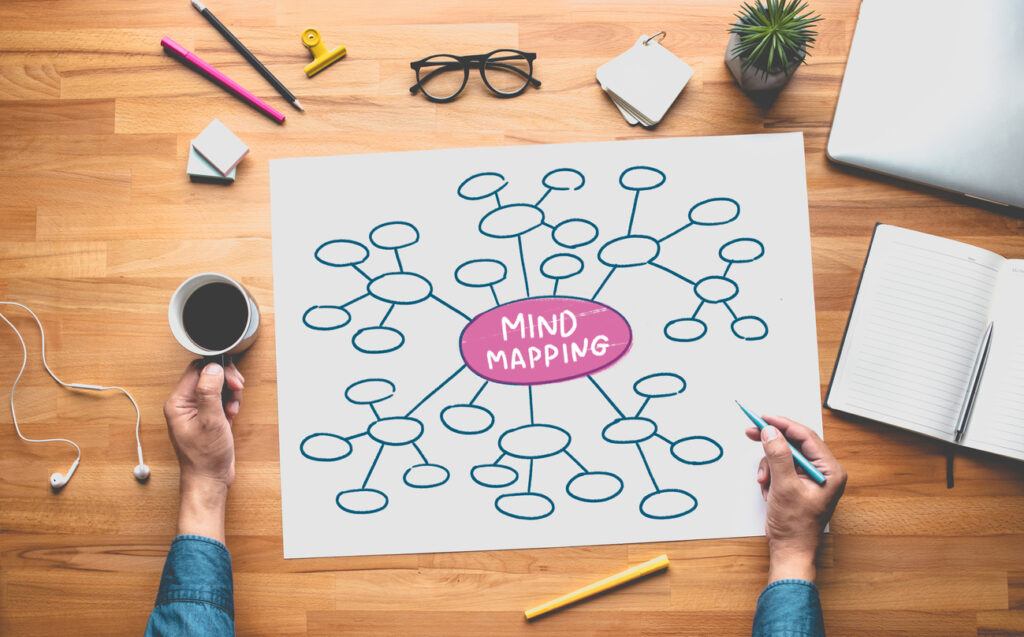I wondered what I could cover for this blog post and decided on a pet topic of mine over the years – mind mapping! This is a technique that can be used in multiple circumstances, such as when trying to organise thoughts while answering an exam question, an assignment question, or simply trying to learn for an assessment.
Active vs Passive Learning
Difference Between Active and Passive Learning
Generally, a poor way to learn is to use passive techniques. These types of techniques include reading textbooks, internet sites or highlighting information. Such techniques lead to a shallow appreciation of a subject. It is illusory in that you may think you understand a topic after reading about it. Still, the information is unlikely to have made its way into your long-term memory, and you will struggle to understand and apply it to an exam or assignment question.
Active learning is the opposite of passive learning. It is very much in the hands of the student to carry out a task of some kind. Such active techniques involve mind mapping, preparing and using flashcards (sometimes referred to as index cards), and practising questions. You are really doing something ‘active’ with the information that you have.
What Is Mind Mapping?
A mind map is a visual tool that presents information in a way that shows the links between related topics. It is meant to present and organise information. Generally, the key topic is at the centre of the mind map, with surrounding concepts related to the key topic. Sometimes, further information is provided related to the subtopic. This can go on for a long time! Some mind maps are simple, whereas others are much more detailed. It depends on the topic being mapped, as well as what the author wants to achieve with the mind map.
I have run mind map exercises in the classroom for many years. I find it amazing that students choose different map formats to present the information. They are a very personal thing. One person’s mind map will never be the same as another’s. Our minds all work in different ways!
Benefits of Mind Mapping for Study and Revision
If you create a mind map for an exam or assignment question, or during revision, it will help you remember information better, as it visually links concepts through association. It is also a way to record inspiration when you think of a great idea that you don’t want to forget – add it to your mind map. Some topics are obviously complex. Completing a mind map allows for the visualisation of parts, helping to simplify and gain a deeper understanding of the topic. I also use mind map preparation exercises in the classroom as a way to encourage people to work together; they serve as a prompt for discussion and collaboration.
How to Prepare a Mind Map
Right, let’s get to the crux of the matter: how do we create these things? Start with a large piece of paper and write the main concept in the centre of the page. Then, consider the subtopics closely related to the main idea and write them down. Keep going in this manner until you have written down all the information that is within the scope of the main topic that is relevant to your mind map. Connect all the parts with lines and arrows. There are numerous apps available for developing mind maps if you prefer a digital approach.
Below is an example of one I prepared on sustainability a while back:

Give it a try, as with most things in life the more you mind map then the better you will become at preparing them.
John Binns BSc (Hons), MSc, MISEP (formerly IEMA)

John Binns BSc (Hons) MSc MISEP (formerly IEMA) is an experienced environmental tutor and consultant.
